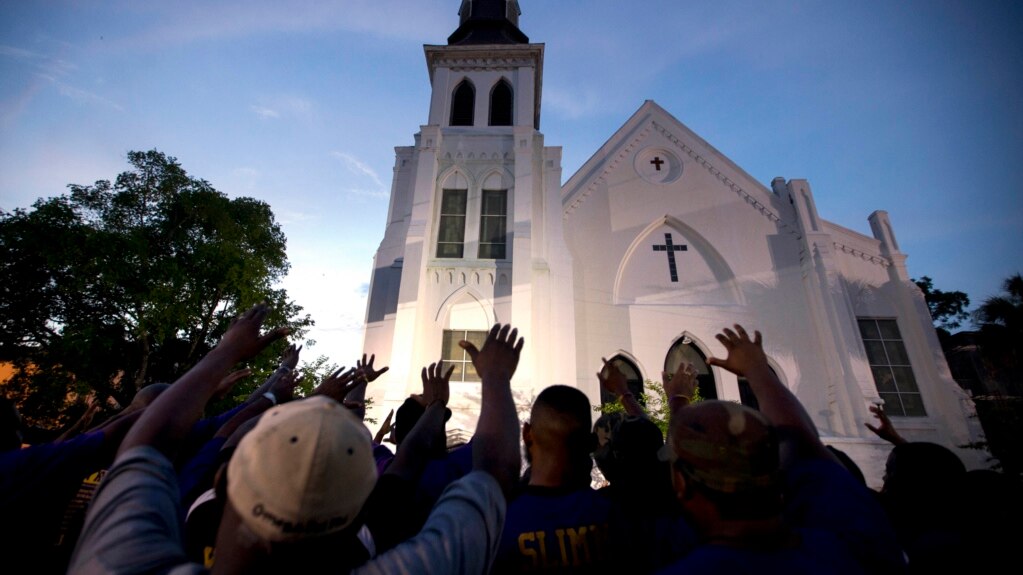Deadly mass shootings have affected many American communities in recent years. These communities have had to face a decision: Do they keep the buildings where the bloodshed happened? Or do they tear them down?
One example recently happened in Parkland, Florida. That is where, in February 2018, a gunman killed 14 students and three adults and wounded 17 others after opening fire at Marjory Stoneman Douglas High School. Earlier this month, heavy equipment began tearing down, or demolishing, the three-story building where the victims died.
Community members in Parkland who spoke to the Associated Press (AP) said they felt the destruction of the building was a necessary step. Former student Bryan Lequerique said, “It’s something that we all need. It’s time to bring an end to this very hurtful chapter in everyone’s lives."
Eric Garner is a broadcasting and film teacher at the school. He told the AP, “For 6½ years we have been looking at this monument to mass murder that has been on campus every day.”
Other places have considered similar decisions.
Uvalde, Texas, is where a mass shooting in May 2022 claimed the lives of 19 children and two teachers. Officials there decided to destroy Robb Elementary School and build a new school. The community also chose to build a memorial to the shooting victims.
In Pittsburgh, Pennsylvania, the Tree of Life synagogue was torn down to make room for a new spiritual center and memorial. The October 2018 shooting at the Jewish religious center killed 11 people. Other communities have made similar choices to demolish buildings where mass shootings happened.
But the Tops Friendly Markets in Buffalo, New York, and the Emanuel African Methodist Episcopal Church in Charleston, South Carolina, both reopened after mass killings. Both places experienced race-linked mass shootings.
Columbine High School in Littleton, Colorado, still stands. The school’s library, however, where much of the bloodshed happened, was replaced. The Columbine shooting in 1999 left 15 people dead.
“Finding a balance between its function as a high school and the need for memorialization has been a long process,” former Columbine student Riley Burkhart wrote earlier this year in an essay looking back at the shooting.
Experts say such decisions involve more than just emotion and tragedy. Sometimes, it is simply a question of resources; not all school districts can afford to tear down and rebuild. And sometimes it is about not wanting to give those who might support the shooter a place to center their attention.
Daniel Fountain is a professor of history at Meredith College in North Carolina. He told the AP he thinks it is a good idea to tear down buildings that could be used by individuals who might support the shooters or their cause and to somehow “celebrate” the deaths.
Another reason why people might want to destroy such buildings has to do with ideas about mental health.
"There are changing norms about things like trauma and closure that are at play that today encourage the notion of demolishing these spaces," said Timothy Recuber. He is a sociologist at Smith College in Massachusetts.
To some people, keeping a building standing can send a message of defiance. To them, leaving a structure standing does not mean the community is accepting a tragedy. Instead, it can show that people are ready to move on.
But to others, the possibility that people could face trauma again by seeing the building is most important. Why, for example, should a building where people met violent deaths be left standing?
Jennifer Talarico is a psychology professor at Lafayette College in Pennsylvania. She has studied how people form personal memories of public events. She noted that, since these decisions can be complex and involve different groups, they are often not easy to make.
“It’s not a simple choice of should we knock it down or renovate or let it be," Talarico said.
I’m Bryan Lynn.

